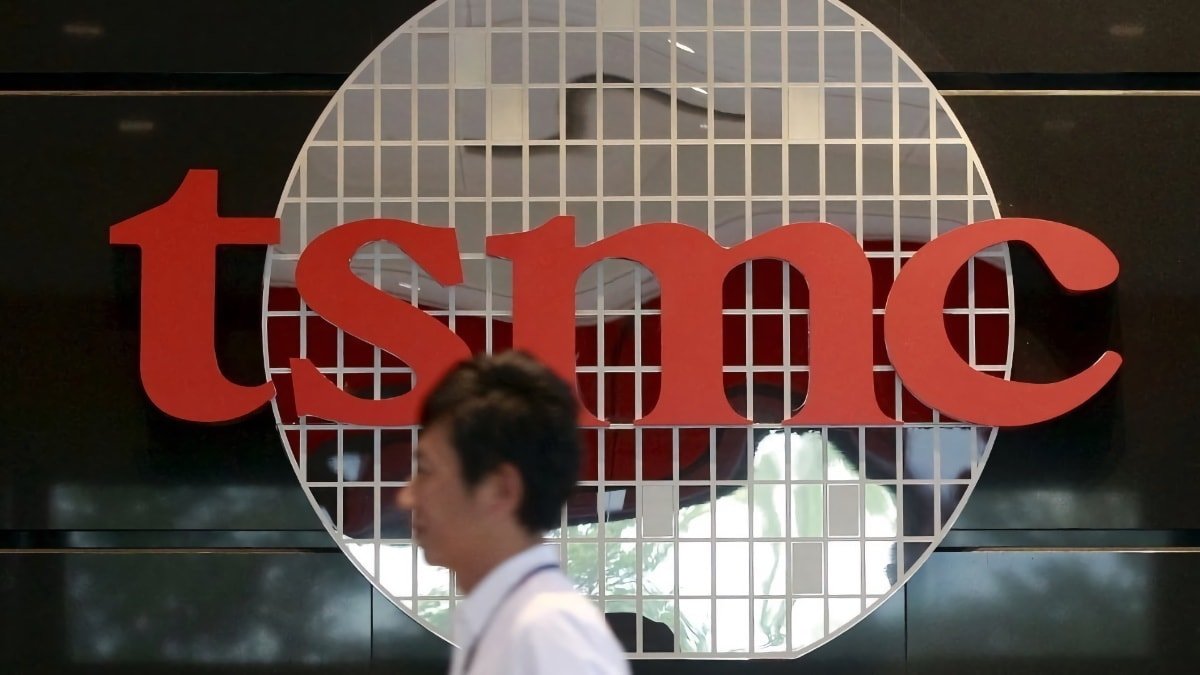TSMC starting production of 3nm chips for Mac, iPhone
Within days, TSMC will start mass production of its 3-nanometer chip process for the next generations of Mac, iPhone, and other Apple devices.

TSMC starts 3nm chips
According to a report on Monday from DigiTimes, TSMC will hold a ceremony at Fab 18 at the Southern Taiwan Science Park (STSP) on December 29 to mark the occasion. It will also reveal plans to expand 3-nanometer chip production at the fab.
Apple currently uses 4-nanometer chips from TSMC in the iPhone 14 Pro models, which is the A16 Bionic chip.
TSMC began testing the 3-nanometer process in December 2021 at Fab 18. A rumor in June claimed that Apple could use the new chip process in its M2 Pro chip in certain Macs that will ship in 2023.
The chip may appear in an updated Mac mini, 14-inch MacBook Pro, and 16-inch MacBook Pro expected to debut in 2023.
TSMC's 3nm processes would provide multiple benefits to Apple, including a predicted 15% speed improvement at the same power level as a chip made using 5nm processes, or a 30% reduction in power consumption for similar speeds.
Read on AppleInsider

TSMC starts 3nm chips
According to a report on Monday from DigiTimes, TSMC will hold a ceremony at Fab 18 at the Southern Taiwan Science Park (STSP) on December 29 to mark the occasion. It will also reveal plans to expand 3-nanometer chip production at the fab.
Apple currently uses 4-nanometer chips from TSMC in the iPhone 14 Pro models, which is the A16 Bionic chip.
TSMC began testing the 3-nanometer process in December 2021 at Fab 18. A rumor in June claimed that Apple could use the new chip process in its M2 Pro chip in certain Macs that will ship in 2023.
The chip may appear in an updated Mac mini, 14-inch MacBook Pro, and 16-inch MacBook Pro expected to debut in 2023.
TSMC's 3nm processes would provide multiple benefits to Apple, including a predicted 15% speed improvement at the same power level as a chip made using 5nm processes, or a 30% reduction in power consumption for similar speeds.
Read on AppleInsider


Comments
As always their competition focus's on the current and not the future. Their competition shouldn't be developing an M1 killer...they should be focusing on an M3 killer. By the time they have an M1 killer out Apple will have an M3 or M4 released.
Blender GPU benchmarks
Intel's new dedicated GPU A770 scores just above it (A770 has hardware raytracing). The M1 Ultra (21TFLOPs) scores 1371. The Nvidia 4090 (82 TFLOPs) scores 12142.
The hardware raytracing makes up for about 2-3x the performance difference and the 4090 uses 2.5x the power.
An M3 Ultra would be about 35 TFLOPs and if it had hardware raytracing, it could potentially score around 7000 at the same power level as the M1 Ultra. While that would be short of the 4090, it's competitive and runs at a fraction of the power. A Duo version of this for a Mac Pro would be able to top a 4090.
I doubt that Apple working on Blender is one of the most significant things they are doing, they only seem to have a couple of people on it but for things like AR, having an efficient engine for generating high quality real-time content is a must and the hardware needs to be designed to support this.
A 1nm chip would be 5x the performance of what we have now. This would mean MBPs are as fast as the high-end Mac Pros and Macbook Airs (and iPads) are as fast as high-end MBPs and hardware raytracing will be everywhere. At this point, most people will be content with that performance level because it will handle photoreal real-time 3D at 4K/8K. Chip manufacturers could comfortably stop at 1nm.
This is why it's important for hardware companies to diversify their company with things like content and services, including supporting content creation.